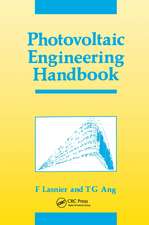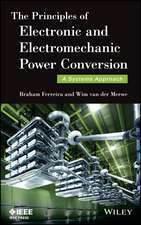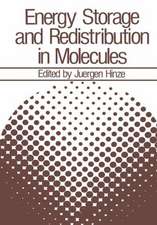Hydrocarbon Polymer Electrolytes for Fuel Cell Applications
Autor Jinli Qiao, Tatsuhiro Okadaen Limba Engleză Paperback – 31 oct 2008
Preț: 226.17 lei
Preț vechi: 308.64 lei
-27% Nou
Puncte Express: 339
Preț estimativ în valută:
43.29€ • 47.04$ • 36.39£
43.29€ • 47.04$ • 36.39£
Carte disponibilă
Livrare economică 31 martie-14 aprilie
Preluare comenzi: 021 569.72.76
Specificații
ISBN-13: 9781604568462
ISBN-10: 1604568461
Pagini: 73
Ilustrații: tables & charts
Dimensiuni: 153 x 229 x 7 mm
Greutate: 0.17 kg
Ediția:New.
Editura: Nova Science Publishers Inc
ISBN-10: 1604568461
Pagini: 73
Ilustrații: tables & charts
Dimensiuni: 153 x 229 x 7 mm
Greutate: 0.17 kg
Ediția:New.
Editura: Nova Science Publishers Inc
Cuprins
Preface; Introduction; PVA-PAMPS as Novel Hydrocarbon Proton-Conducting Electrolyte Membranes; Plasticizer Incorporated PVA-PAMPS Semi-Interpenetrating Polymer Networks; PVA-PAMPS Composites on the Basis of Binary Chemical Cross-Linking/or Side Chains; Cell Performances of PVA-PAMPS Hydrocarbon Proton-Conducting Electrolyte Membranes in a Real DMFC; PVA-Based other Polymer Membranes and Its Application for PEFC and AFC; Index.




















